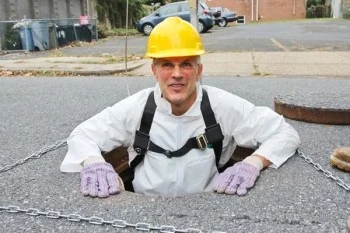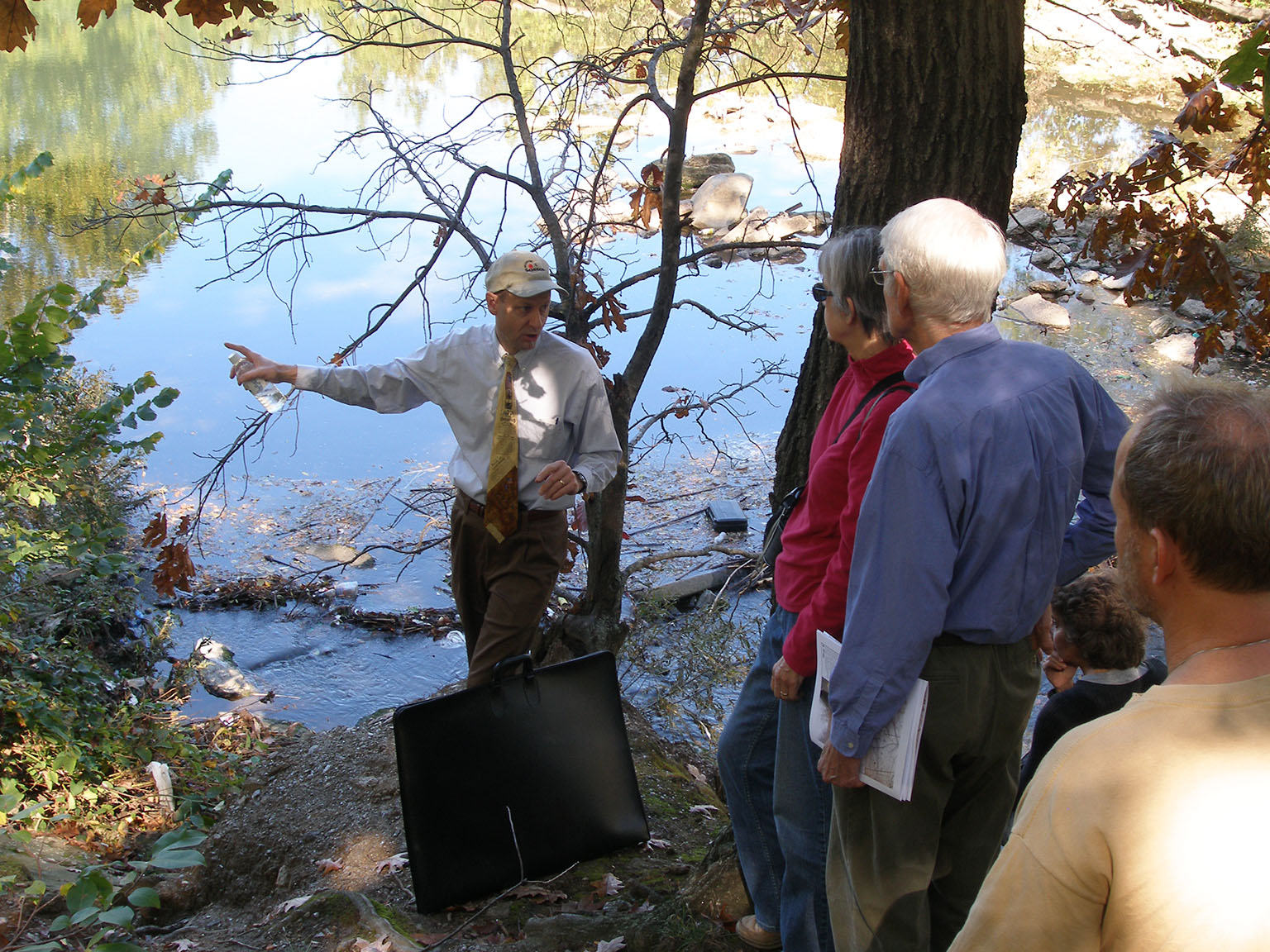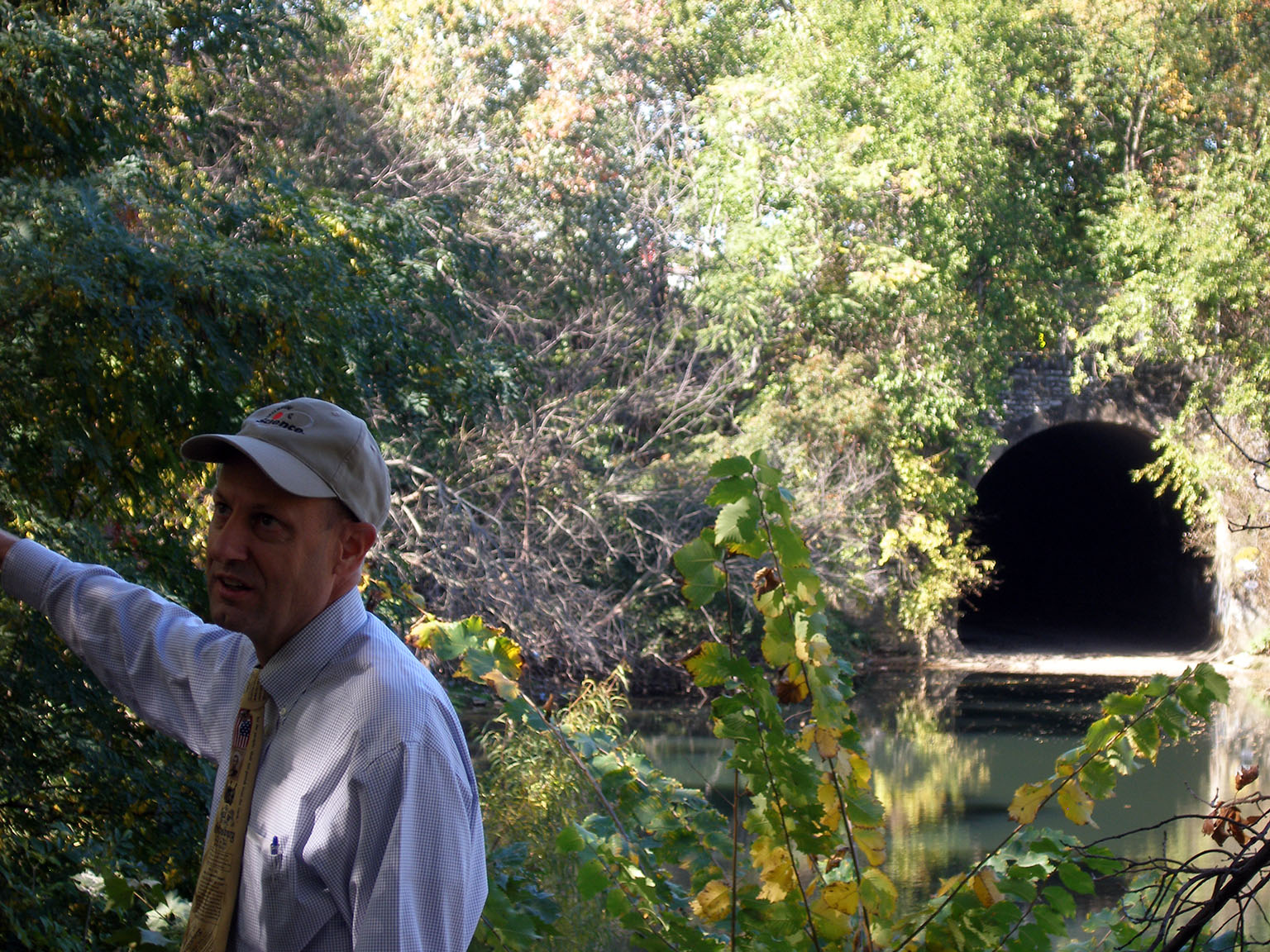WaterHistoryPHL: Welcome to my Water World
by Adam Levine, Webmaster
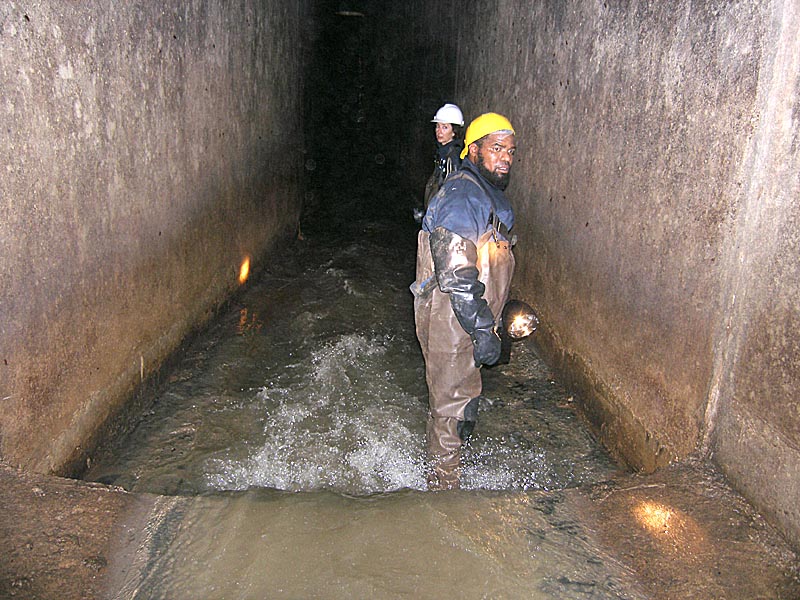
As a consultant to the Philadelphia Water Department (PWD) since 1998, it has been both a privilege and a pleasure to have supervised the cataloging of the PWD Historical Collection, a one-of-a kind archive of more than 20,000 items covering the history of the department from 1798 to the present. Besides managing the Archives, I have also been tasked with searching out items in other collections that relate to PWD’s core mission: to provide safe drinking water, wastewater treatment, and stormwater management for residents in Philadelphia and surrounding suburban communities.
Along with thousands of volumes of written records, this archive encompasses a wide range of graphic material including paintings and drawings, maps and plans, photographs and surveys—only a small sampling of which are presented on this website. My hope is that this online collection will help illuminate any mysteries that brought you here, and more broadly, get you thinking about the crucial role that water plays in an urban environment.
Below you’ll find more information on:
- Philadelphia: A City of Water
- How to get the most out of this site
- More avenues for historical exploration
- A slight bit of site history
- A note on sources, credits, and more
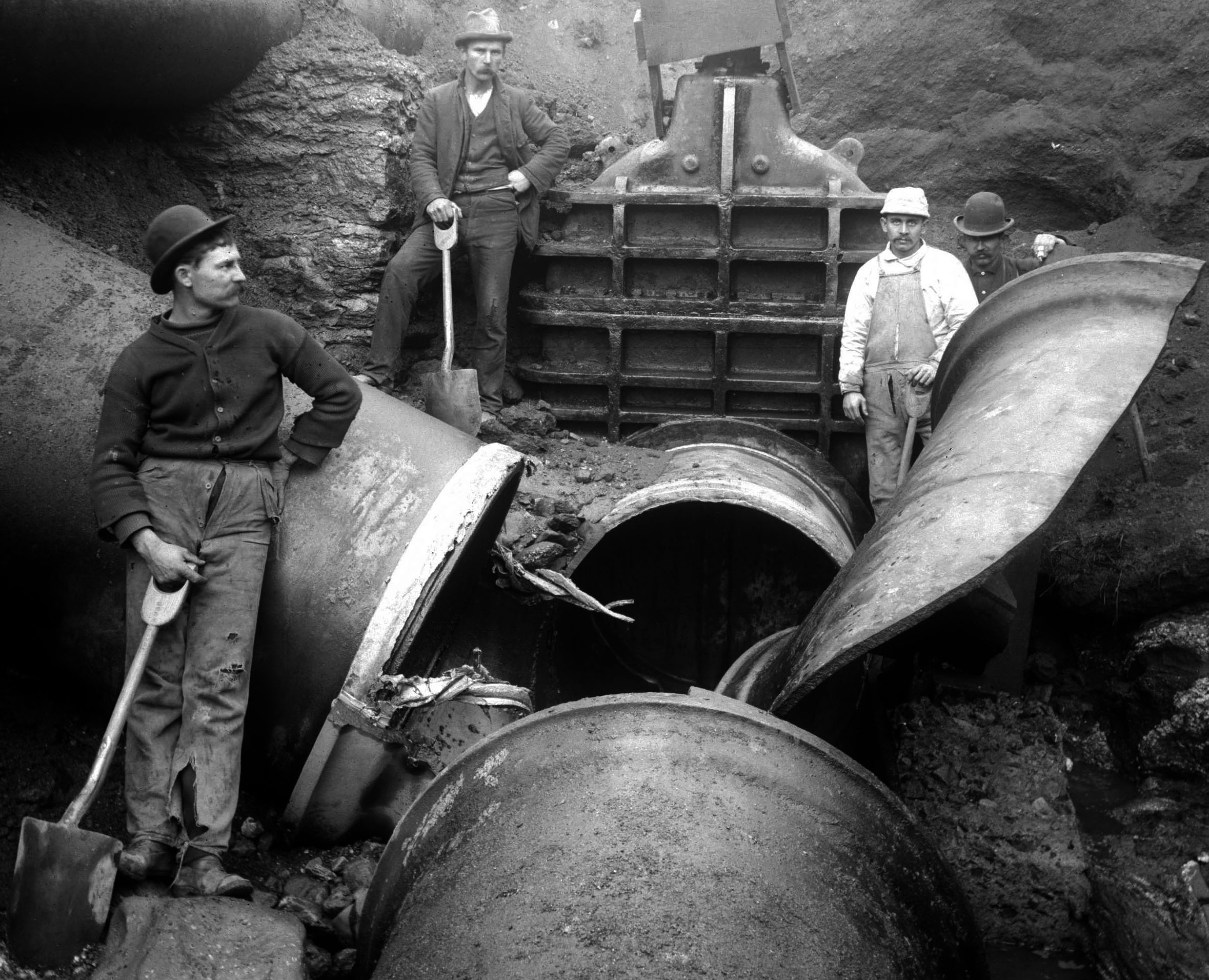
Philadelphia: A City of Water
Philadelphia doesn’t border the ocean like Boston or New York, but it is, nevertheless, a city of water. Creeks, runs, and rivers have run through the Lenape land that became Philadelphia for time immemorial, defining both the city’s landforms and the lives of its people. Schuylkill is a Dutch name, and the Delaware is derived from the name of an English lord, but many of the tributaries to those two rivers bear names – Wingohocking, Cohocksink, Pennypack, Poquessing, Wissinoming, Wissahickon – given to them by the region’s indigenous people, some of whom still live in the land they call Lenapehoking.
Over time, however, the city grew and expanded, and the necessities and requirements of Philadelphia’s inhabitants meant that more and more of the streams and creeks on the surface needed to be engineered and reconfigured into sewers to meet the demands of the population. As was the case in many other urban areas, most of Philadelphia’s surface streams, encompassing many square miles of watershed, were systematically obliterated over the course of the city’s development. Diverted into pipes – their valleys leveled with millions of yards of fill and overlaid with a grid of streets – these streams now flow through some of the largest sewers in the city’s 3,000-mile drainage system.
In most cases, these creek-to-sewer projects were designed as combined sewers, carrying raw sewage along with the stream flow and stormwater runoff. For this reason and many others, it would be prohibitively expensive to “daylight” such streams (that is, uncover the streams and restore them to something akin to a natural state), since it would mean building a completely separate system of pipes to carry the sewage. Urban growth always comes at a cost, after all.
One of the intentions behind WaterHistoryPHL is to serve as a repository of information and materials pertaining to these historic waterways and their watersheds, as well as other artifacts that illustrate the development of Philadelphia and the changes it has undergone. You’ll find many pictures of how the landscape once looked, as well as many maps that show changes over time.
Because Philadelphia gets its water supply from the two rivers that run through it, you’ll also find comprehensive information about the development of the city’s water system, in operation since 1801, including a page linking to hundreds of published reports covering more than two centuries.
And because bringing clean water into households means that the used water (called sewage) needs to be somehow removed and treated, the city’s sewer system will be another topic covered here. I’ve gone down into the city’s sewers four times, journeys I consider the highlight of my work life. You can find information about all those adventures here by searching for the phrase “down under”.
Finally, because this site offers you a glimpse into the meanderings of my mind, you will find some other things here that may seem only tangentially related to water, or Philadelphia, but since they intrigued me – or made me smile – my hope is that they’ll bring you the same enlightenment or joy.
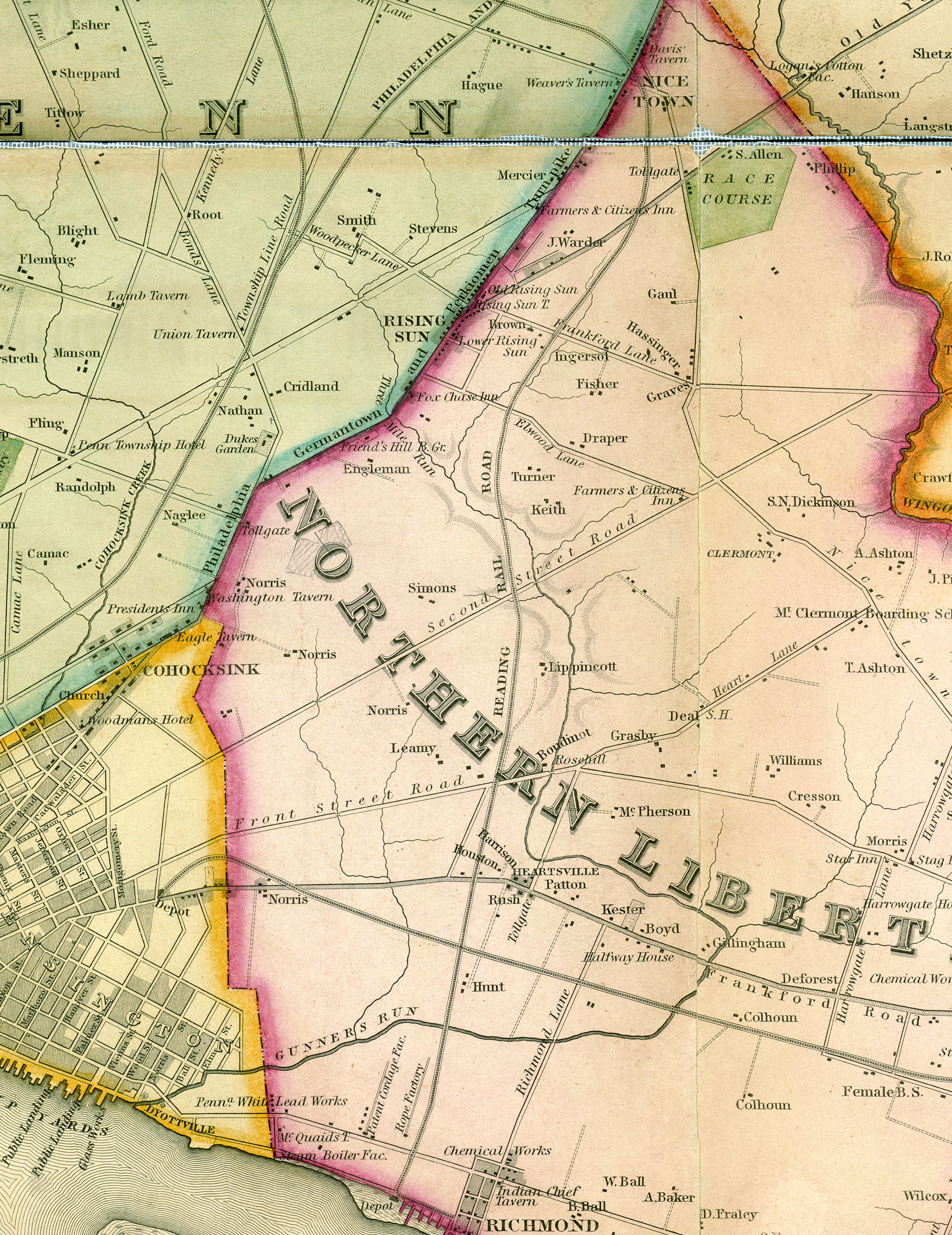
How to get the most out of this site
The material on WaterHistoryPHL is divided into several types.
- ARTICLES are longer posts that are often excerpts from historical documents or compilations of historical material about a particular subject or neighborhood.
- BLOG posts are more timely, and often written in the first person, and are the core of the site.
- ITEMS are individual maps, photos, prints or documents (or collections of the same) that we want to highlight.
You can search the site in several ways.
- Using the headings on the homepage, you can scroll through all of the posts of a particular type.
- Using the search box on the home page, you can search across all the posted material.
- Clicking on the topics, subjects, and keywords at the top and bottom of the posts should lead you to material with the same tags.
- We would love to hear how you are using the site, what you like or don’t like, and any ideas you have for changes that might make it better.
More avenues for historical exploration
If your explorations on this site inspire you to explore beyond the web, PWD has a number of offerings that may interest you.
- I have helped PWD develop a series of tours that cover both the history of urban watersheds and current issues affecting them.
- I have developed a wide range of lectures on a variety of topics tailored to high-school-age and above. Some of these have been recorded and are posted on this site, but I also give the talks in person.
- The Fairmount Water Works, opened in 1815 and restored in 2003 as PWD’s watershed education center, is home to fascinating water-related exhibits and offers programs for children and adults.
- PWD also offers occasional tours of its facilities, including the green stormwater infrastructure sites associated with the Green City, Clean Waters program, PWD’s ongoing effort to manage the city’s stormwater and clean up our rivers and streams.
For more information about any of these activities, contact me at this link.
A slight bit of site history
WaterHistoryPHL is a successor to PhillyH2o.org, a historical siteI created and managed for PWD beginning in 2003. The timeless material on the old site has been moved to the new site, and sometimes this is noted at the top of the page. If there is anything on the old site that you think should be transferred, please let me know. For now (and maybe forever; we’re not sure yet) you can visit the old site at classic.waterhistoryphl.org. Please be aware that the Google search box on the old homepage no longer works. To search the old site, go to the Archives and do a search of the entire page by hitting “CTRL+F”.
A note on sources, credit, and more
All material presented on WaterHistoryPHL is from the collection of the Philadelphia Water Department unless otherwise noted. We have tried to provide proper credit for all material that is not ours, and will be happy to correct any mistakes that we have made. Most of the material presented here is in the public domain and can be freely reused, but we would appreciate credits or links for any material that originated here.
Most of the images presented here are reduced in resolution and size. We have tried to provide links to the original sources of these images, where they are available online. If there is anything you would like to see at higher resolution, or to learn more about any of the material on the site, or to offer praise or positive criticism, please contact me.
